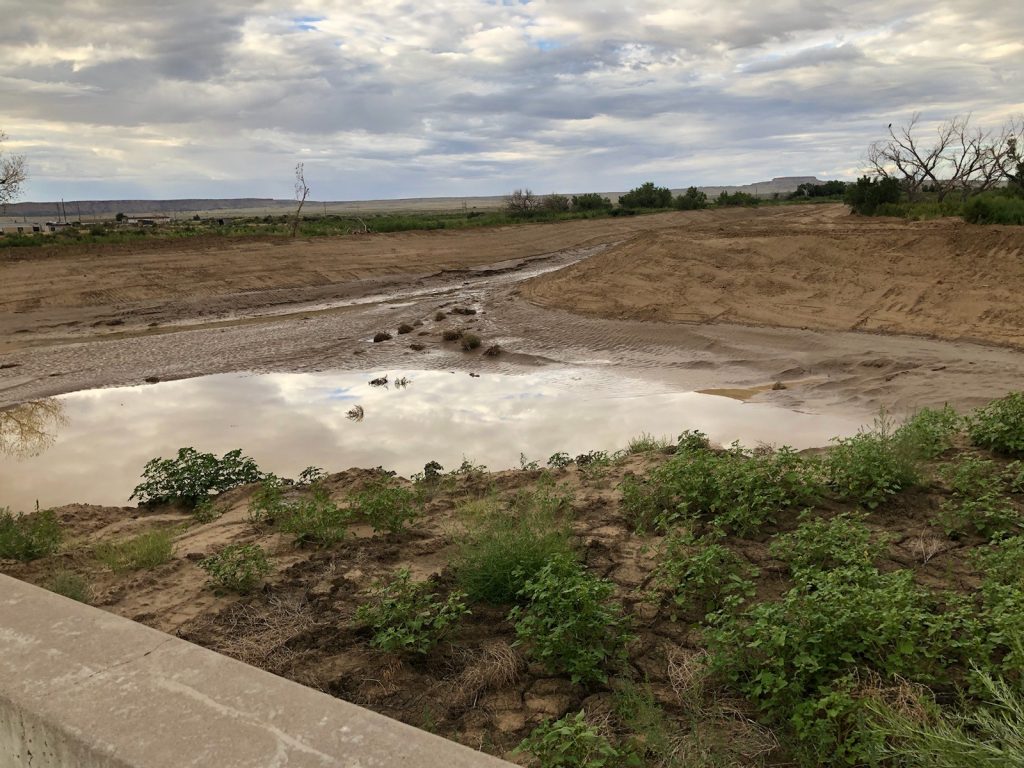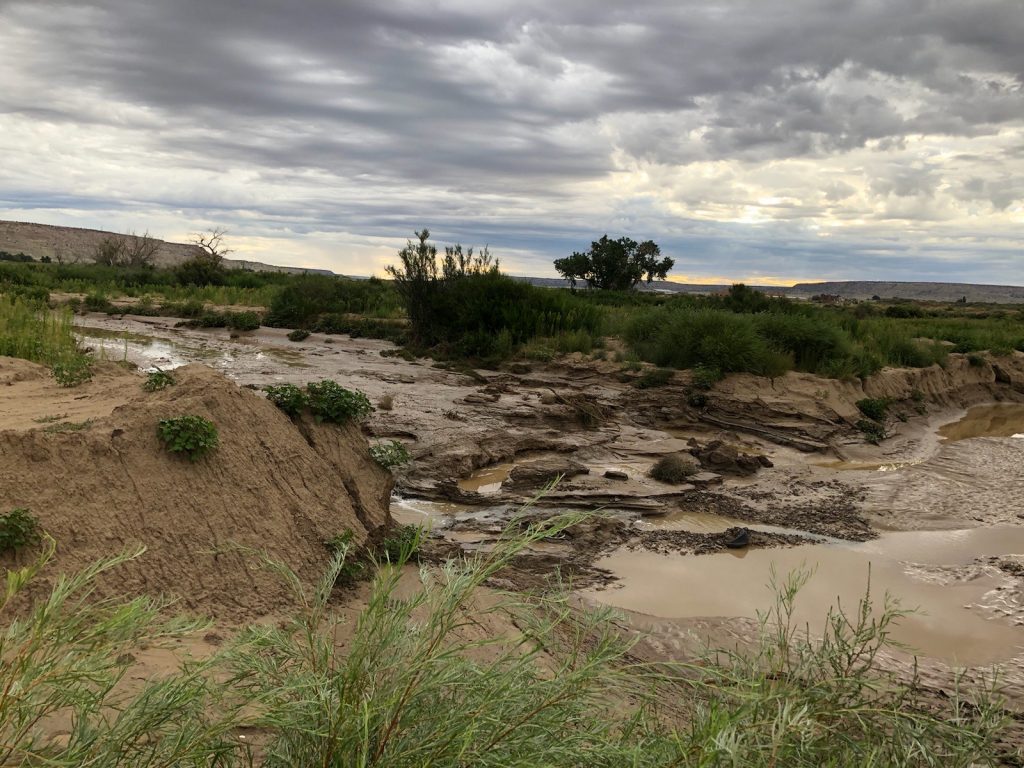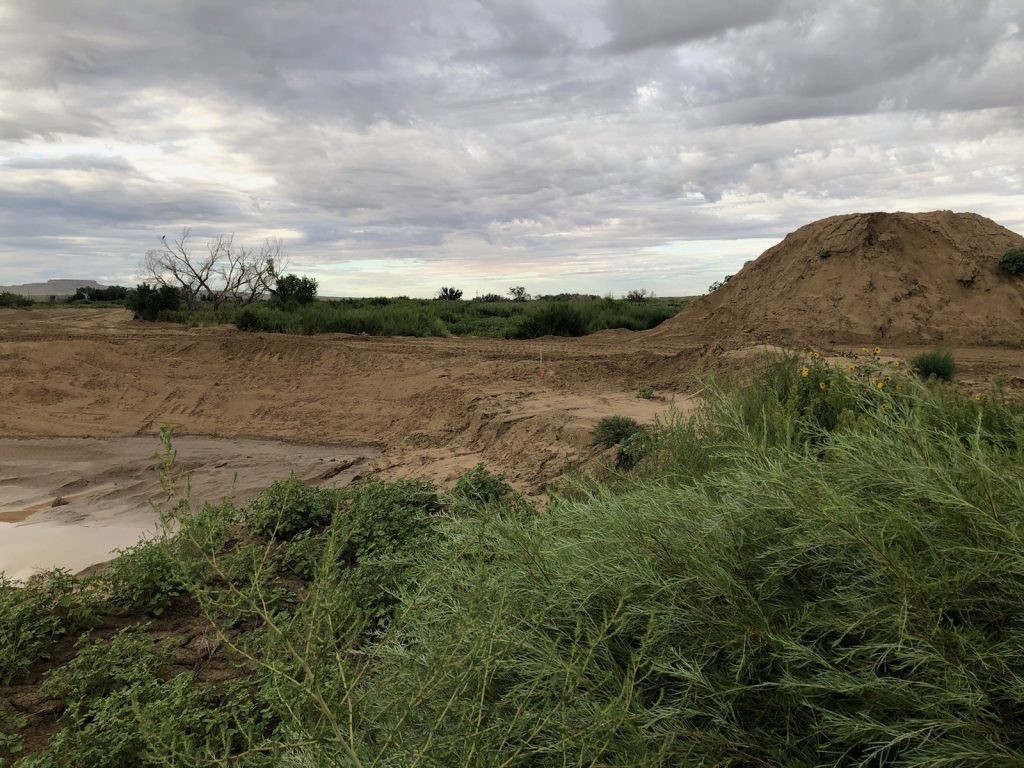August 15, 2023
In the heart of our sacred lands, where generations have danced to the rhythm of the seasons, a new chapter of collaboration has unfolded. The United States Corps of Engineers (USACE), an unexpected ally, has joined hands with the Hopi people to mend the scars left by years of unrelenting flooding. As the sun rises over the mesas, a tale of partnership and resilience emerges, showcasing the Corps’ commitment to indigenous communities.
For too long, the Hopi people have battled the forces of nature, grappling with the destructive might of floods that tore through our community and threatened our way of life. The wash that once sustained us turned into a formidable adversary, leaving a trail of destruction in its wake. But from the depths of these challenges emerged a beacon of hope – the Corps of Engineers.

With a shared reverence for the land and its stories, the Corps stepped forward to address the longstanding flood issues that had plagued our people. Their first step was a humble one: listening. They engaged in open dialogues with Hopi tribal leaders, elders, and community members, recognizing the importance of our insights in devising sustainable solutions. In particular, the First Mesa Consolidated Villages worked directly with the USACE and their contractor to ensure the project was completed.
The Corps of Engineers, armed with their technical prowess, embarked on a journey of understanding the unique contours of our land and the ecological rhythms that shaped it. They meticulously studied the flood patterns, soil composition, and natural flow of waterways. In doing so, they gained a profound appreciation for the delicate balance that sustains Hopi traditions.

Their role extended beyond engineering expertise – it was rooted in respect for our cultural heritage. As the planning unfolded, the Corps embraced the guidance of Hopi elders, weaving traditional knowledge into their designs. Sacred sites and ancestral lands were treated with the utmost care, and every decision was made with the intention of honoring our connection to the earth.
With shovels and tools, the Corps labored alongside Hopi community members, constructing flood mitigation structures that mirrored the contours of our beliefs. Floodplain management strategies were put in place, ensuring that future floods would not wreak havoc as before. As the restoration progressed, a sense of empowerment filled the air – the Hopi people, in partnership with the Corps, were reclaiming control over their destiny.

Today, the results of this collaboration stand as a testament to the resilience of the Hopi spirit and the power of partnership. Flood plains that once invoked fear are now transformed into spaces of security and prosperity. Homes stand strong, agricultural fields flourish, and cultural sites are safeguarded.
The Corps of Engineers’ role in rectifying Hopi flood plains goes beyond the realm of engineering; it embodies a harmonious blend of modern expertise and ancient wisdom. It signifies a shared commitment to nurturing the bonds between humanity and nature. As Hopi people, we look to this partnership as a beacon of hope, reminding us that the journey to restore balance is one that can bridge cultures and generations.
In the embrace of our ancestral lands, a new harmony is born – one that resonates with the footsteps of our forebears and the promise of generations yet to come. The United States Corps of Engineers stands as a partner on this sacred path, reminding us that in unity, we can mend what was broken and chart a course toward a future where the waters flow peacefully, and our traditions thrive.

+ There are no comments
Add yours